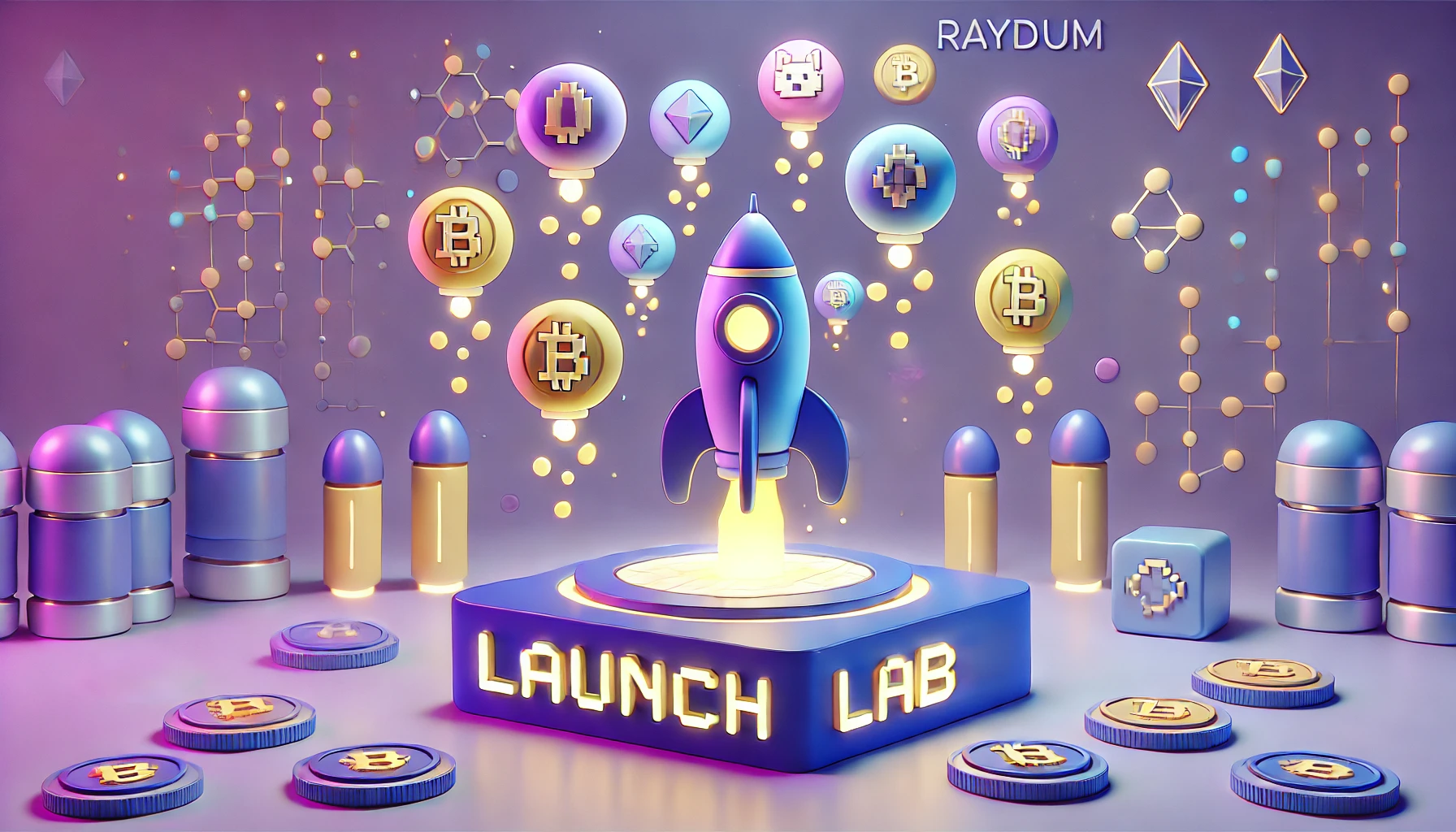Tezos is on a roll right now. Launched in 2017, the cryptocurrency is frequently referred to as the “Ethereum killer” and continues to be recommended by financial experts around the world. Better performing and cheaper than Ethereum, Tezos is gradually climbing the cryptocurrency ladder in terms of market capitalisation. The economic and financial press is already predicting that Tezos will be the next Bitcoin, giving us reason to take a closer look at this much-praised cryptocurrency.
Introducing Tezos, a cryptocurrency with a very promising future
Tezos was founded by Arthur and Kathleen Breitman. The Tezos memorandum and white paper were published in 2014, but the cryptocurrency was only truly launched in 2017. Tezos is an altcoin. It primarily enables the creation and execution of smart contracts. Its software platform is open-source and its cryptocurrency is XTZ.
Its protocol is based on three successive layers:
First, a network protocol
Second, a transaction protocol
And thirdly, a consensus protocol
Tezos is very similar to Ethereum in terms of functionality. However, its blockchain consumes much less energy than its predecessors, Ethereum and Bitcoin. Tezos also offers a real asset that is unique to it: its “internal adaptability mechanism”. This mechanism gives Tezos the most decentralised governance of any blockchain today.
Tezos and its revolutionary system for avoiding hard forks
What makes Tezos absolutely unique is that the platform will probably never experience a “hard fork” thanks to its “internal adaptability mechanism”. Hard forks are inevitable for traditional blockchains. They consist of a modification to the consensus rules adopted by the blockchain. This modification is not backward compatible. Hard forks are used to upgrade the system. They involve the creation of a new, more efficient chain, while the old one dies. Some hard forks are also used in the event of disputes within the team over consensus changes. In this case, both blockchains survive, giving rise to a new cryptocurrency inherited from the first.
Hard forks can be prevented by creating soft forks, which are backwards compatible. However, soft forks only allow fairly limited modifications. Some crypto platforms are also introducing ‘side chains’ to meet their needs. Despite everything, these two solutions remain temporary, and most blockchains eventually go through a hard fork.
To avoid a hard fork, the developers of Tezos have built a modification process into the blockchain itself. Tezos has an interface where users can propose, select and test updates. The final adoption of these updates is then voted on by all the players on the platform. This process is revolutionary in that it avoids the need for a hard fork. Everything happens within the Tezos system and not outside its blockchain. The developers have called this feature an “internal adaptability mechanism”.
Tezos, the “Ethereum killer
Tezos is regularly referred to as the ‘Ethereum killer’. In fact, Tezos has all the features of Ethereum and has nothing to envy it. As well as setting up smart contracts, Tezos also allows the creation of NFTs, for example. These NFTs are non-fungible and therefore unique cryptocurrency tokens. This makes them much more valuable than traditional fungible tokens. NFTs are extremely popular at the moment, but not all platforms allow them to be created.
Tezos therefore has the same functionalities as Ethereum, but its network promises to be much more durable thanks to its “internal adaptability mechanism”. Ethereum cannot escape hard forks, unlike Tezos. As well as being a cumbersome and complex process, hard forks cause cryptocurrencies to split up and lose value.
Today, the value of Tezos and Ethereum is largely based on the adoption and use of cryptocurrencies. Bitcoin is often used as a bellwether, and when its price rises, all cryptocurrency prices follow its trend. But the more crypto-currencies are democratised, the more their functional value will be taken into account on the market. What’s more, unlike Bitcoin, which is limited and whose value is therefore based on scarcity, Tezos and Ethereum are renewed every year. These cryptocurrencies are therefore not rare. As a result, their price already depends to a large extent on the usefulness of their protocol.
Investors will certainly prefer to bet on Tezos, which is capable of renewing itself without branching, rather than on Ethereum, which does not have this functionality. What’s more, its internal adaptability process, based on a vote by all the players on the platform, makes it a truly decentralised platform, one of the major objectives of cryptocurrencies.
The future of the Ethereum behemoth is therefore likely to be considerably darker in the near future, when the public realises that for much less money they can invest in Tezos, a much more powerful Ethereum.
The price of Tezos on the rise
Tezos XTZ is currently trading at $4.238. It peaked at $5 in May 2018. This puts Tezos in 36th place among cryptocurrencies today, with a total market capitalisation of $3,250,510,000.
In terms of predictions, specialists are betting on a meteoric rise in the price of Tezos’ XTZ. In their view, it could reach prices similar to those of Ethereum. Its price has already risen by 204.38% in one year. Its “internal adaptability mechanism”, which gives it a longer lifespan than the giants Bitcoin and Ethereum, for example, explains this score. The major banking institutions are already interested in Tezos. The Banque de France has committed to the platform. So has BTG Pactual, the Brazilian investment bank that is now the largest bank in the sector in Latin America. This mechanism seems to make Tezos the most valuable altcoin to date for some specialists.
At a time when Ethereum is trading at $1,804.49, it may be a good idea to start investing in Tezos, which promises to overtake its rival in the long term.














